Grigori Rasputin (1869–1916)
Rasputin, the Russian mystic and advisor to the Romanovs, was often photographed in settings that highlighted his enigmatic and influential role in the Russian court.
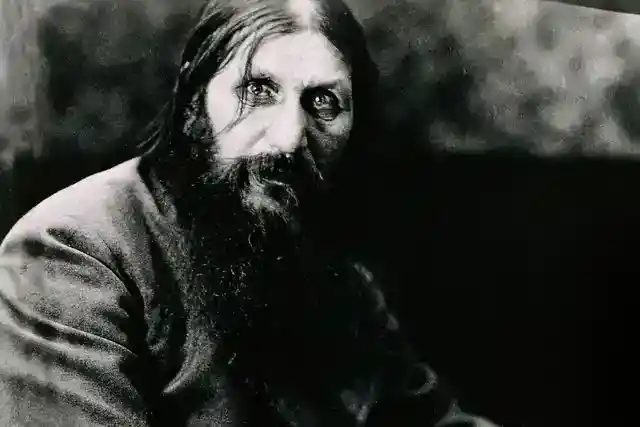
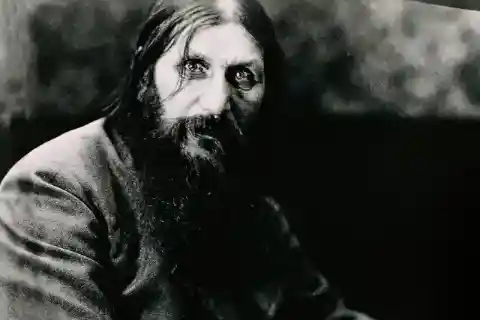
His intense gaze and the dark, foreboding atmosphere of his portraits contributed to the mythos surrounding his mystical and controversial presence within the doomed imperial family.
Vincent Van Gogh
Vincent van Gogh, the post-impressionist painter whose work profoundly influenced 20th-century art, was captured in a few, but poignant photographs.
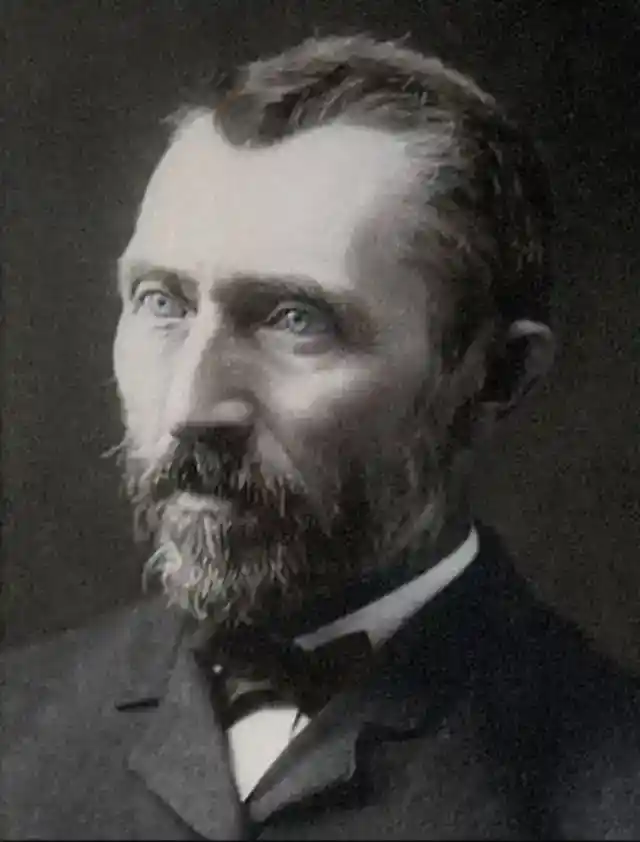
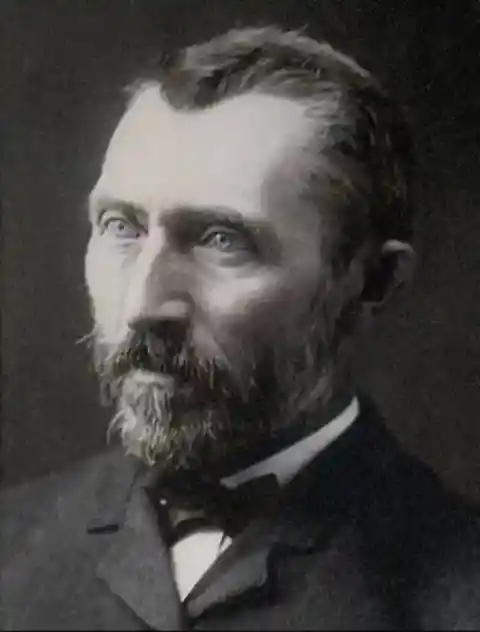
One notable photograph from 1886 shows a somber and introspective van Gogh, providing a rare visual insight into the troubled life of this artistic genius, whose vibrant paintings starkly contrast with his somber photographic portrayal.
Charlie Chaplin
Charlie Chaplin was one of the most famous figures in the silent film era. His photographs, both in and out of character, capture the expressive gestures and emotional depth that defined his performances and enduring legacy.
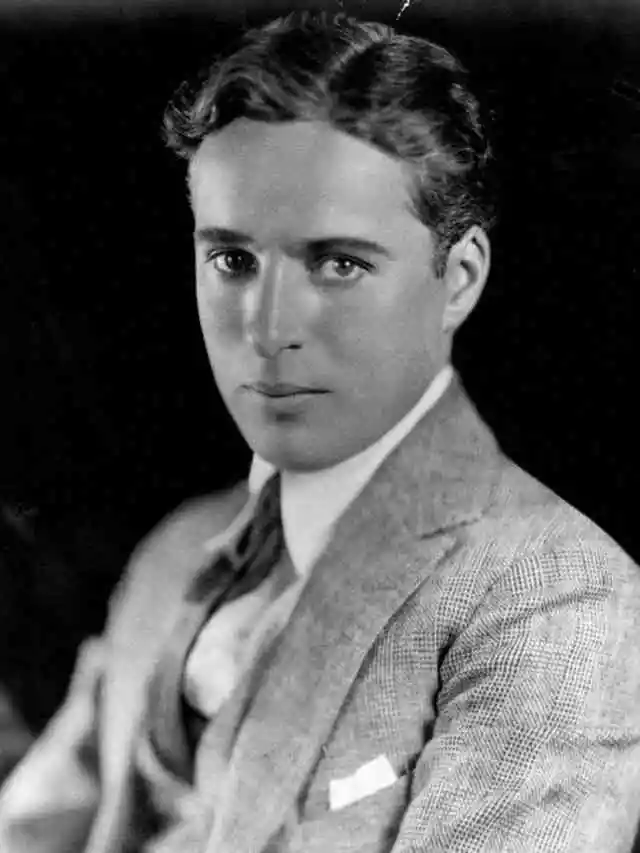
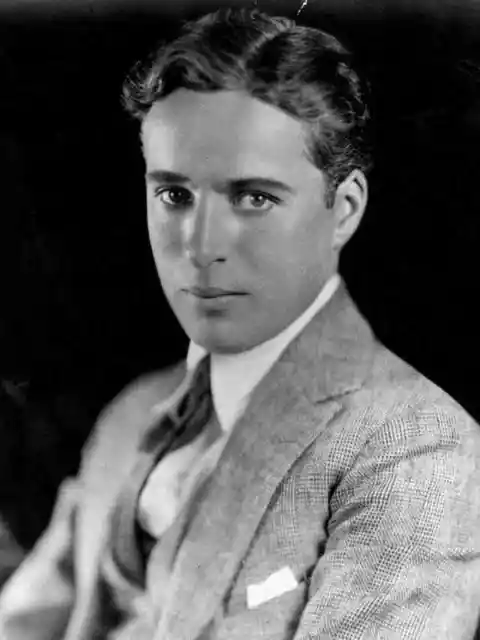
These images depict his iconic comedic style while they also show the sensitive, thoughtful side of a man whose films spoke to the social issues of his time.
Nikola Tesla
The brilliant inventor and electrical engineer Nikola Tesla (1856–1943), was captured in numerous photographs that reveal much about his personality and his work. Most photos of him show him working in his laboratory, or being surrounded by his inventions.
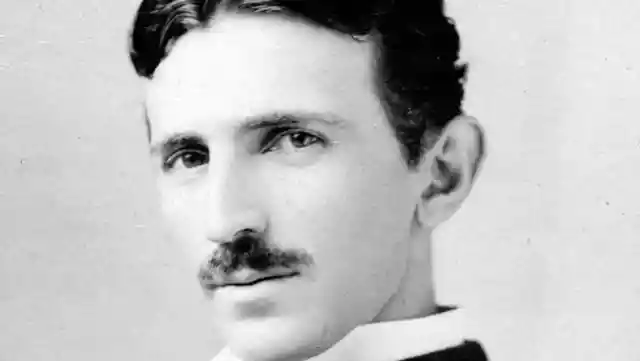
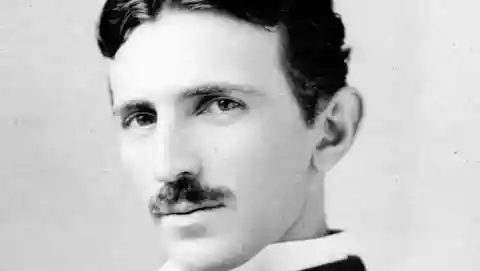
Tesla understood the power of photography and used them in promoting his ideas and inventions. Through photography, Tesla was able to communicate his futuristic ideas and solidify his place as one of the most influential figures in the history of technology!
Pablo Picasso
Pablo Picasso, one of the most influential artists of the 20th century, was frequently photographed in his studio among his artworks.
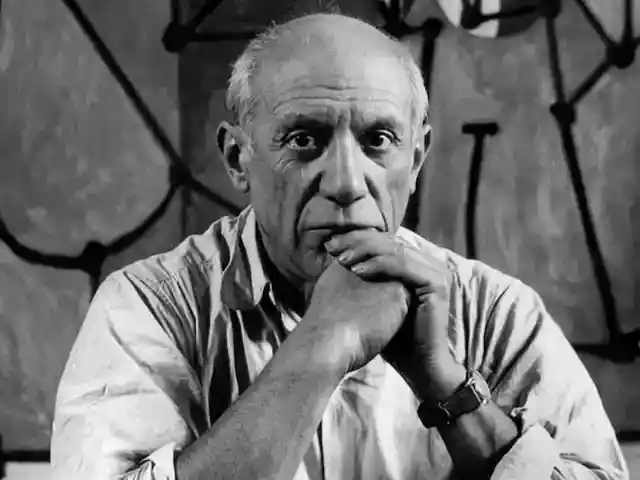
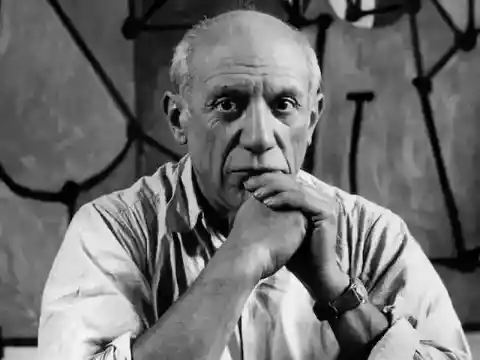
His photographs provide a visual record of his evolving artistic styles and the vibrant personality behind his profound contributions to modern art.
Charles Dickens
Charles Dickens (1812–1870) is one of the greatest English writers in history, known for his masterpieces "A Christmas Carol," "Great Expectations," and "Oliver Twist". Photos of him offer us a glimpse of what this man who shaped English literature looked like.
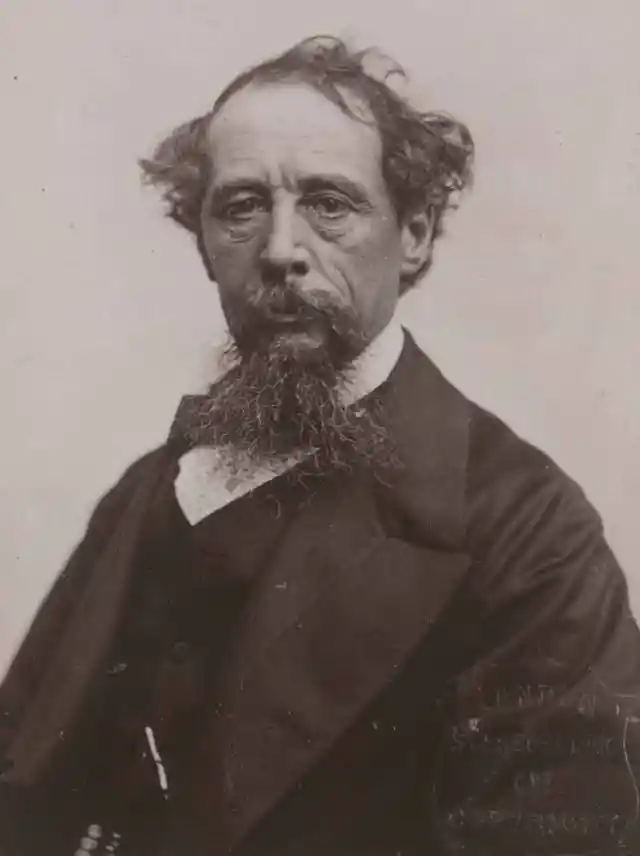
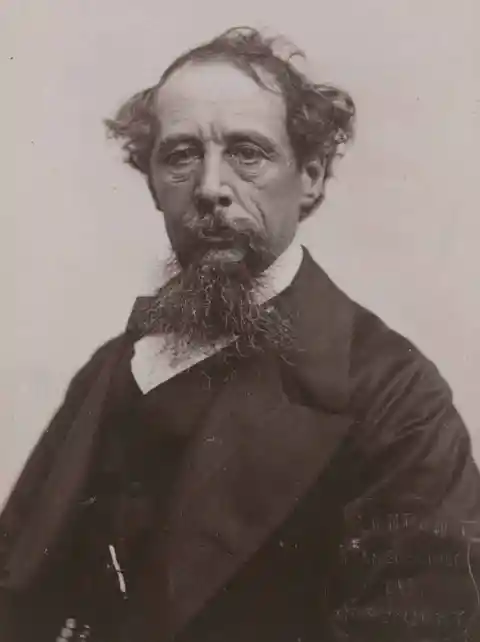
According to sources, Dickens had a complex relationship with photography. While he recognized the power of the medium, he was not particularly fond of being photographed. Despite this, numerous photographs of him exist, often taken reluctantly. A recently discovered 1861 image, showing Dickens with a tan and a mustache, revealed new aspects of his appearance, which contrasted with his usually stern, formal portraits.
Alfred Nobel
Alfred Nobel, the inventor of dynamite and founder of the Nobel Prizes, is captured in photographs that depict him as a serious and contemplative man.
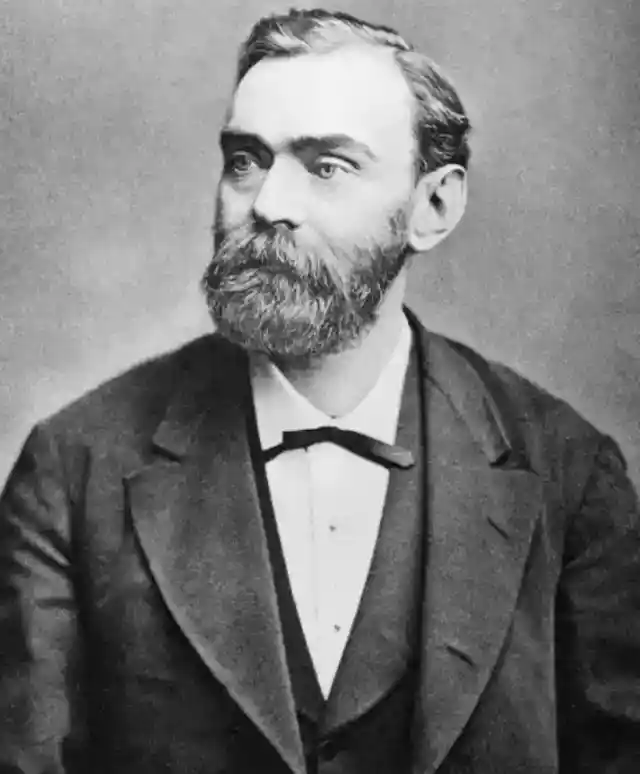
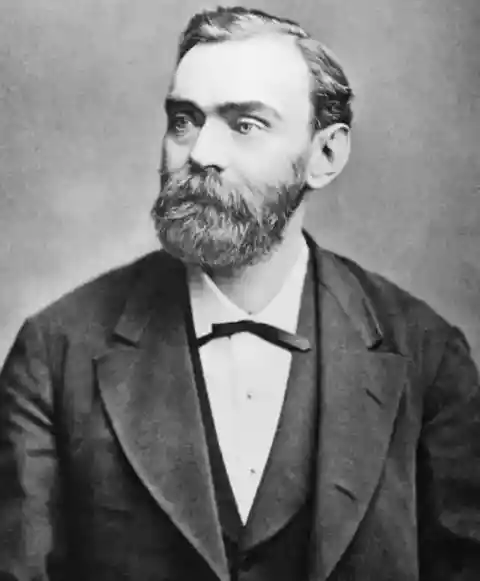
These images reflect his complex legacy as both a man of science and a pacifist, troubled by the destructive potential of his inventions.
Charles Darwin
Charles Darwin (1809–1882) came from a really wealthy family, and had portraits of him being made from his youthful years, adulthood and old ages. By the time the naturalist made history with his contribution to biology, he gained even more popularity and demand to be photographed.
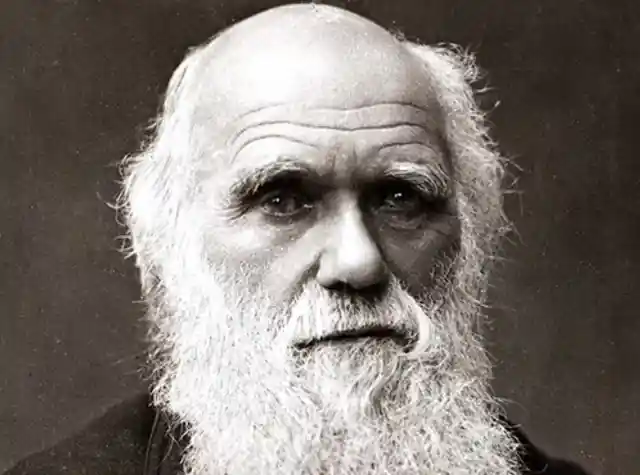
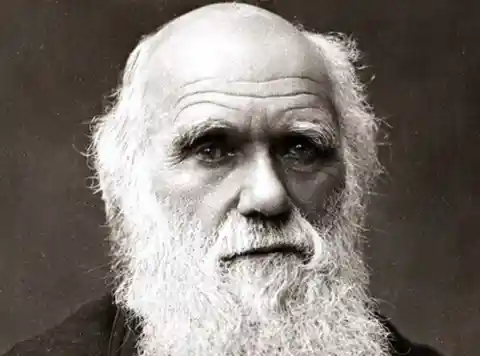
Darwin was a photography enthusiast himself, so he’d rarely decline some clicks. It’s said that he sat to be photographed numerous times throughout his life, and wanted a photographed portrait every year or every other year for the remainder of his life. His love for photography not only reflects his scientific curiosity but also give us the chance to see the face of a man whose ideas transformed the way we see life on Earth today.
Queen Victoria
Queen Victoria (1819–1901), who ruled the United Kingdom for 63 years, witnessed the rise of photography too. As one of the first monarchs to be extensively photographed, her photos played a crucial role in shaping public perception of the monarchy. These images, range from formal portraits to family gatherings.
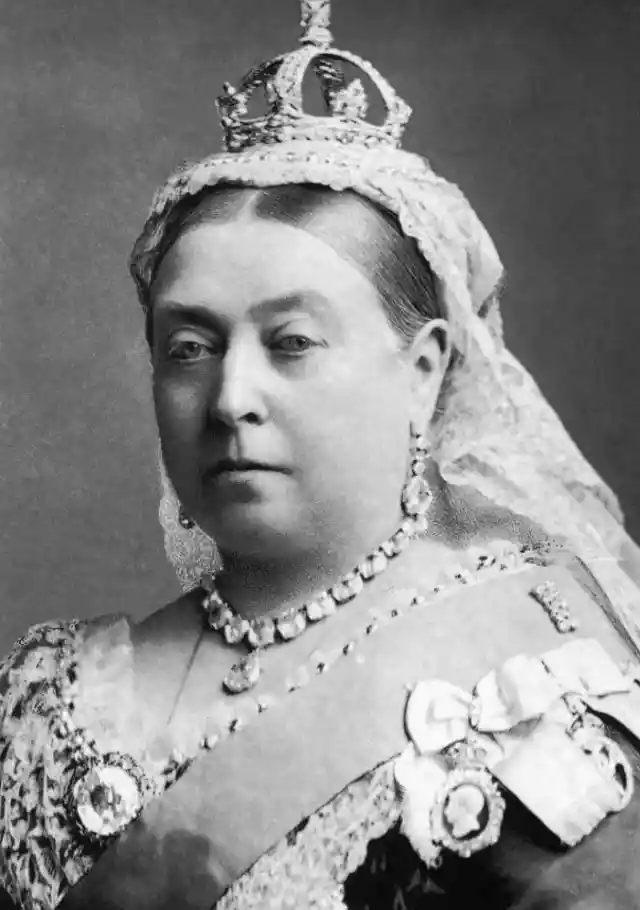
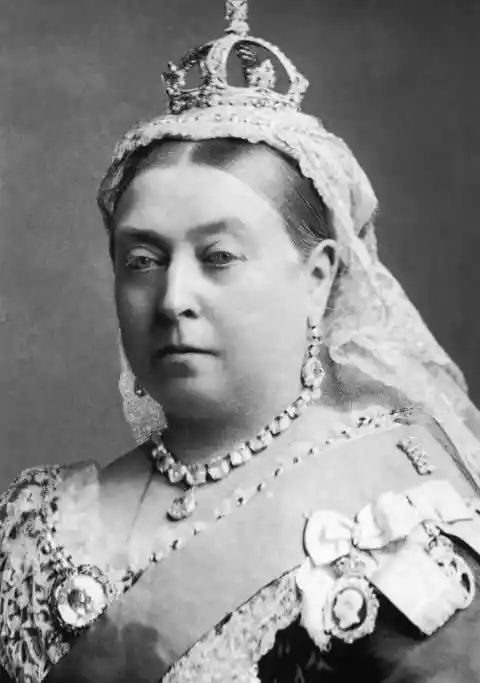
The extensive collection of photographs of Queen Victoria illustrate the evolving nature of photography itself, from daguerreotypes to more modern prints, mirroring the technological advancements of the 19th century!
John Quincy Adams
Here’s the oldest known photo of the 6th president of the U.S., John Quincy Adams (1767-1848). Born in the Massachusetts, Adams spent much of his childhood years in Europe, where his father served as a diplomat.
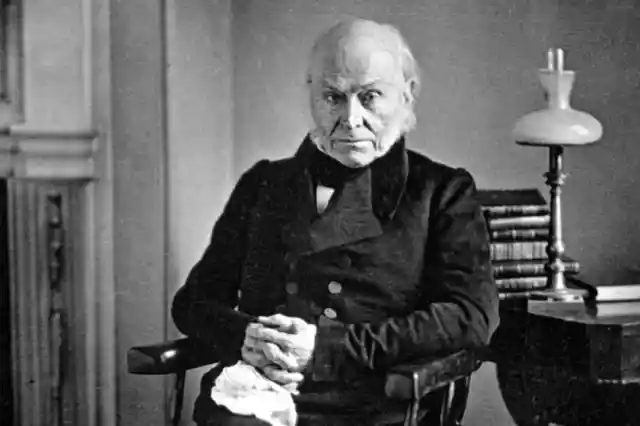
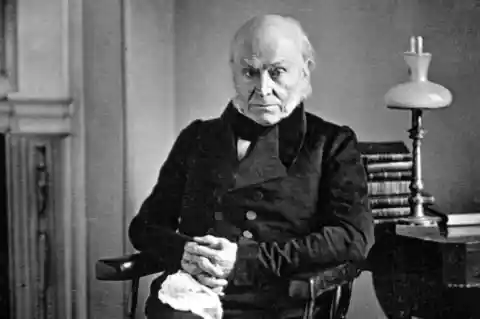
His famous photo was captured in 1843, produced by the artist Philip Haas, just 4 years after Louis Daguerre’s invention of daguerreotype. It was taken while Adams was in the middle of his post-presidential career in Congress. It’s estimated to be worth from $150,000 to $250,000. Today, the original copy is owned by The National Portrait Gallery.
Albert Einstein
Albert Einstein often appeared in photographs with his distinctive unkempt hair, which became as iconic as his scientific discoveries. These candid shots reveal his less formal side, contributing to his image as a relatable genius.
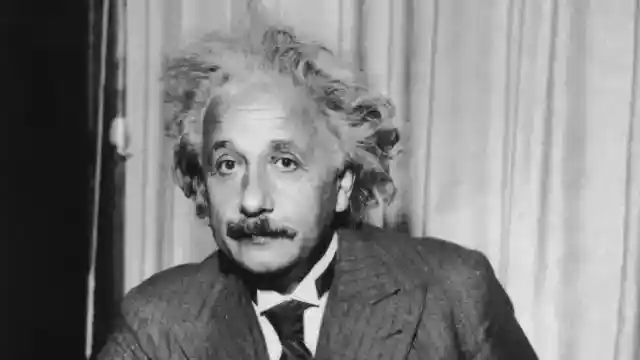
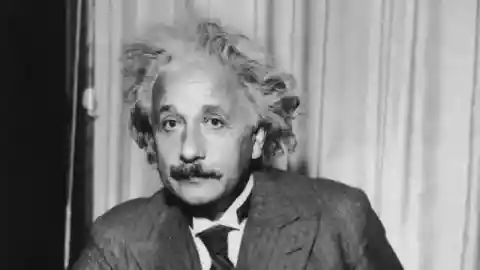
Einstein's images often capture him engaging with other scientists or deep in thought, illustrating his role as an active participant in the scientific community and a mentor to others. These photographs not only document his pivotal role in shaping modern physics but also help to convey his warm, humorous personality that endeared him to both colleagues and the public alike.
Abraham Lincoln
Serving the US presidency from 1861 to 1865, Abraham Lincoln (1809–1865) led the United States through the American Civil War, fought against slavery, and modernized the economy of the U.S. Except for his political impact, Lincoln happened to live during the rise of photography and a very innovative period for this new art.
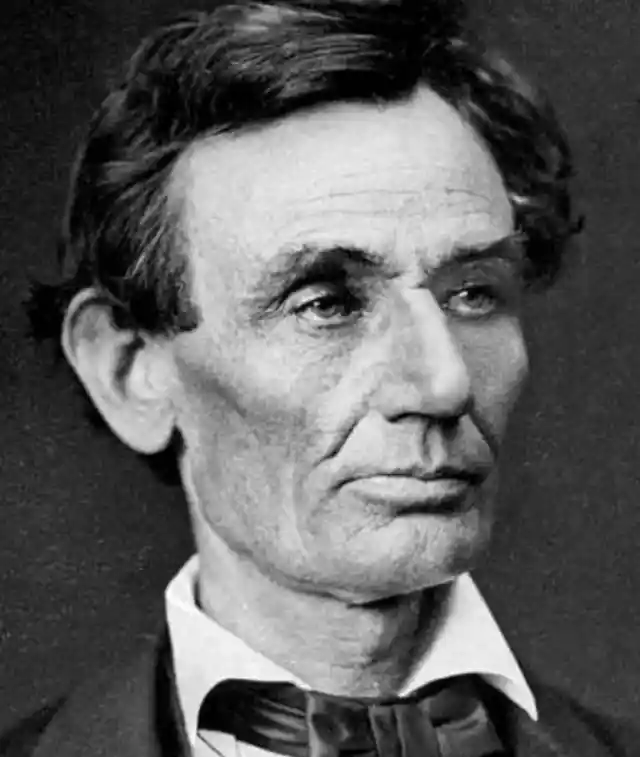
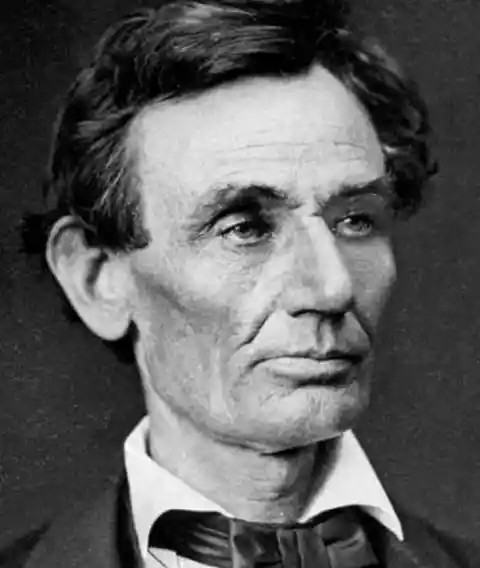
Since his influence was so massive, he was one of the most popular people to be photographed back in the 19th century. It’s rumored to have posed for more than 36 photographers, totaling in nearly 120 photos during the last 18 years of his life, with most of them being portraits. His White House also became the subject matter for a growing number of young photographers!
Leo Tolstoy
Without a doubt, Leo Tolstoy (1828-1910) was one of the greatest and most influential writers of all times, known for his epic novels. His works explore complex themes such as morality, society, and human nature.

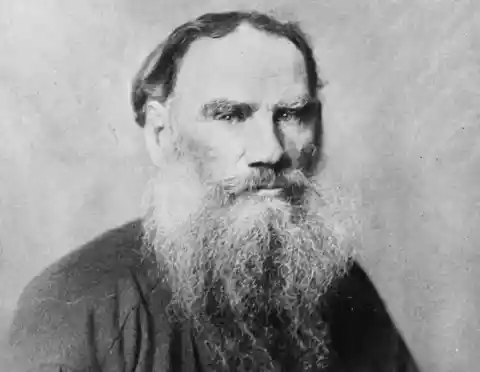
Tolstoy was photographed a couple of times throughout his life, with images ranging from his youth to his later years as a bearded sage. There are images with his wife, him playing chess, photos walking or talking with his daughter. It's worth to mention that there's a full-color portrait of Leo Tolstoy taken on May 23, 1908 at his residence at Yasnaya Polyana. This is said to be the first color portrait taken in Russia, and the only one of him in existence!
Karl Marx
Karl Marx (1818–1883), a philosopher, economist, and revolutionary, significantly influenced political theory and practice with his writings, most notably "The Communist Manifesto" and "Das Kapital." His theories about capitalism, labor, and class struggle ignited revolutionary movements around the world, reshaping political landscapes across continents.
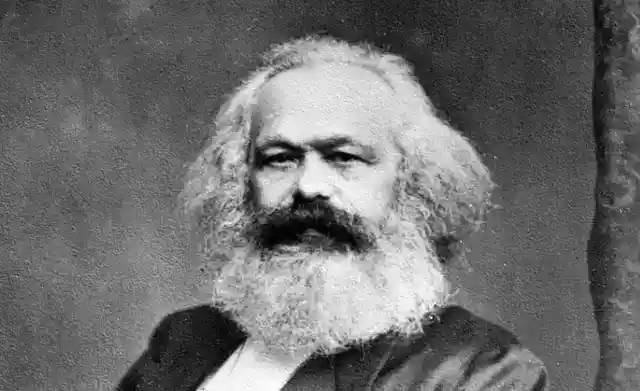
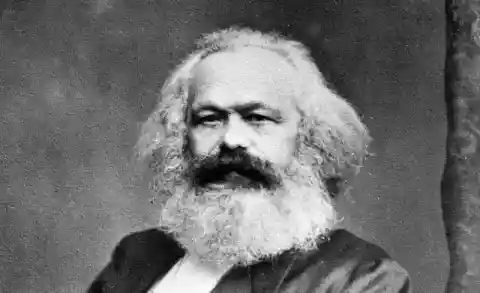
Marx's photographs often capture him as a stern, intense figure, deeply engrossed in thought or writing. These images serve as a reflection of his serious and contemplative nature. The intensity evident in his portraits echoes the depth and complexity of his ideas, which challenged existing societal structures and proposed a radical restructuring of society around socialist principles.
Sigmund Freud
Sigmund Freud, the father of psychoanalysis, had a complex relationship with photography. Though he lived in an era when personal images could be carefully crafted through photographs, Freud often appeared somewhat reluctant and reserved in front of the camera.
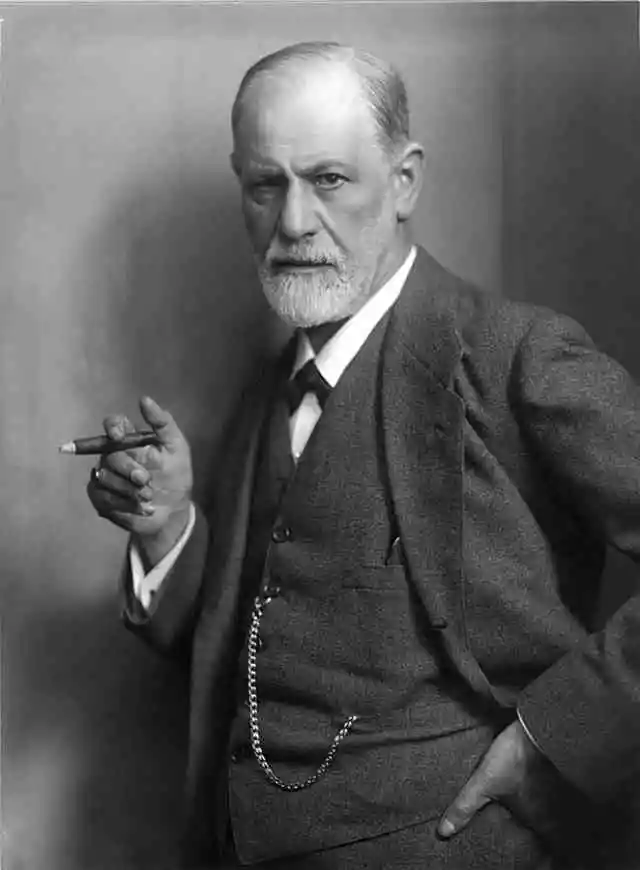
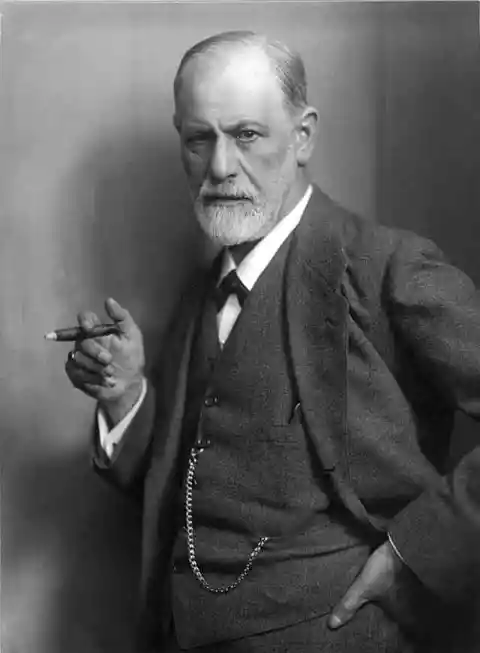
Freud's photographs typically show him in his study, surrounded by his extensive collection of antiquities, books, and writing tools. These settings are not just backgrounds but integral elements that represent his intellectual pursuits and passions. The cluttered, personal space filled with artifacts from ancient civilizations suggests his fascination with culture, history, and the human psyche, which deeply influenced his theories on psychosexual development and the unconscious mind.
Clara Barton
Clara Barton's photographs often capture her in moments of serene determination, reflecting her dual role as a compassionate caregiver and a formidable organizer. Her images frequently show her wearing simple yet formal attire, which underscores her practical approach to the urgent needs of wartime nursing and disaster relief.
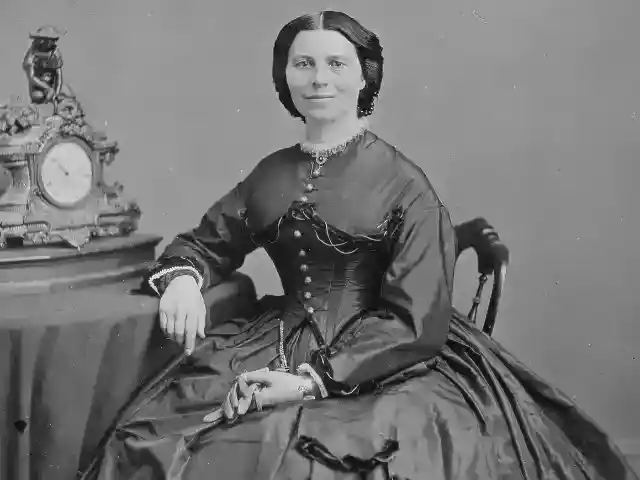
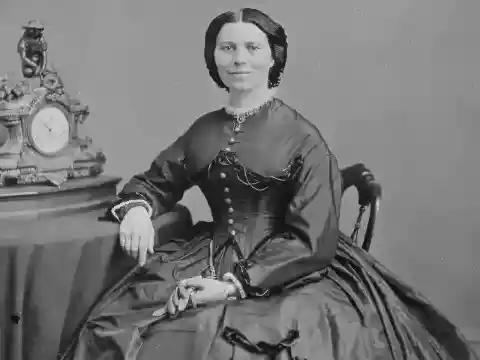
These portraits also highlight Barton's status as a pioneering woman in a field dominated by men. Her poised and resolute expressions in these photographs embody the strength and perseverance she demonstrated while founding and leading the American Red Cross, illustrating her pivotal role in transforming American humanitarian efforts.
Oscar Wilde
Oscar Wilde (1854–1900), the Irish playwright and poet known for his biting wit and flamboyant style, was captured in numerous photographs that emphasize his aesthetic attire and charismatic persona.
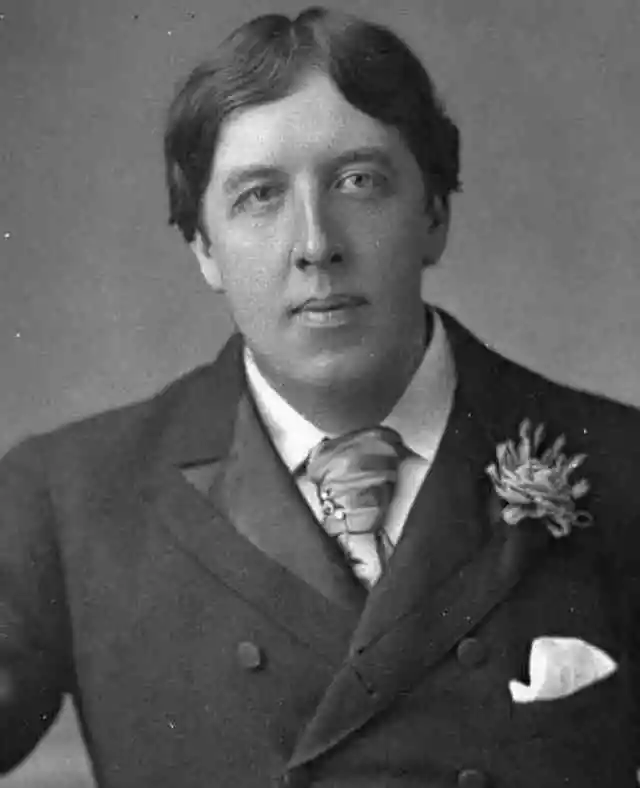
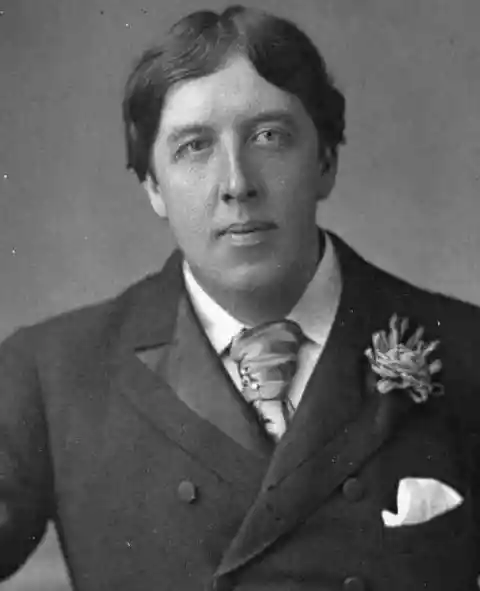
These images reflect his life as a literary celebrity in Victorian London and the controversies that surrounded him.
Sojourner Truth
Sojourner Truth, an African American abolitionist and women's rights advocate, effectively used photography as a tool for social reform. Her strategic distribution of cartes-de-visite, which featured her portrait and her famous line, "I sell the shadow to support the substance," allowed her to control her image and fund her activism.
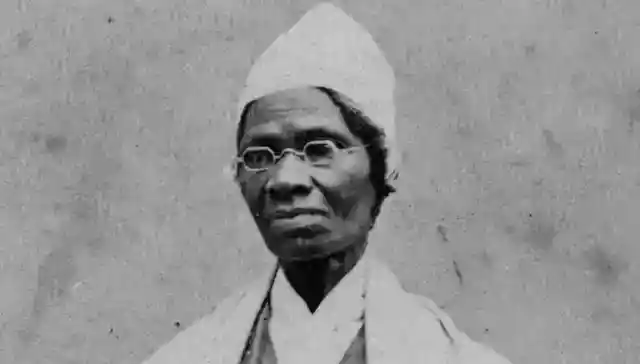
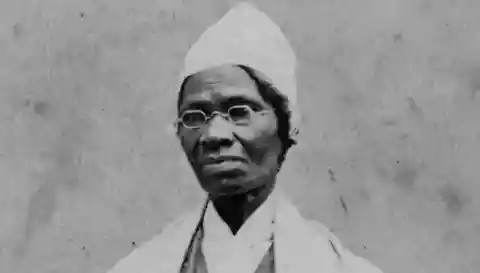
Her wise use of these portraits not only bolstered her influence but also provided a dignified representation of African American women during a time of pervasive racial stereotypes.
Mahatma Gandhi
Mahatma Gandhi, the leader of the Indian independence movement against British rule, was often photographed in his iconic simple cotton dhoti, embodying his philosophy of simplicity and non-violence.
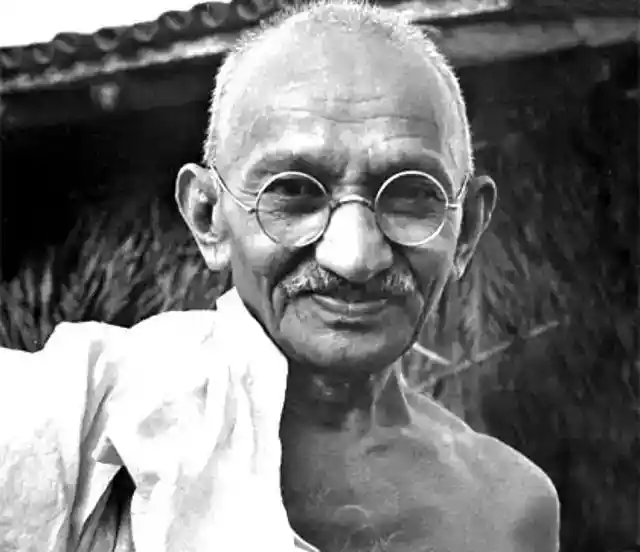
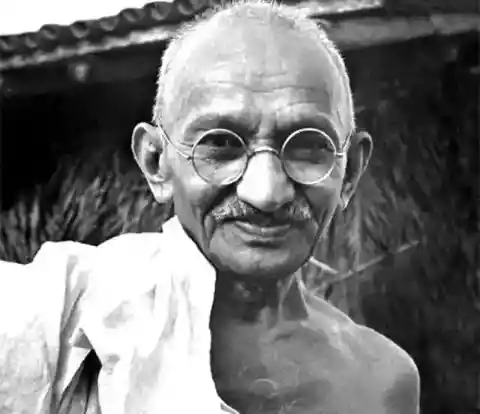
His images are powerful symbols of his commitment to Indian self-sufficiency and his resistance techniques like non-violent civil disobedience.
Thomas Edison
Thomas Edison, 1847–1931), known for his invention of the phonograph and the practical electric light bulb, was among the most photographed men of his era. His portraits reflect his evolution from a young inventor to a revered industrialist, capturing his relentless pursuit of innovation.
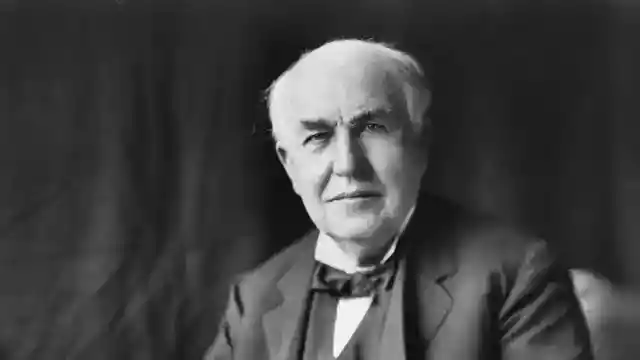
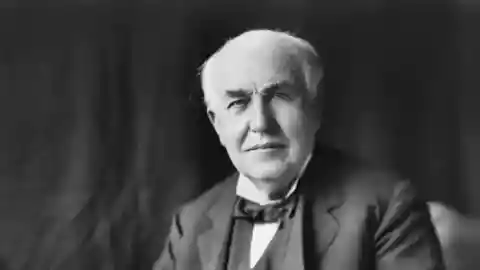
Edison's keen awareness of his public persona is evident in his photographs, which he used to cement his status as one of America's leading inventors.
Hellen Keller
Helen Keller, who became blind and deaf due to an early childhood illness, is seen in photographs that often feature her with her teacher Anne Sullivan, demonstrating their deep bond and Keller’s determination to communicate with the world.
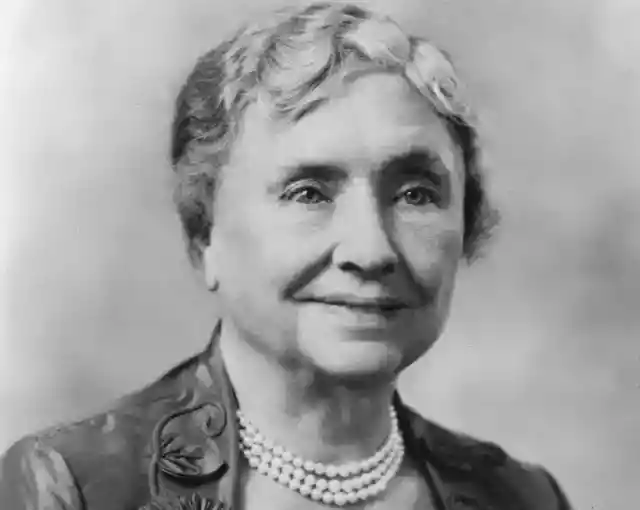
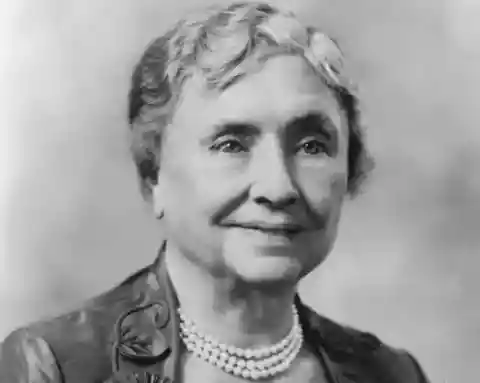
The photographs of Keller also often feature her speaking at public events or interacting with influential figures, showcasing her role as a prominent activist and author. These images are poignant, demonstrating her ability to transcend her physical limitations and make significant contributions to social and political issues.
Florence Nightingale
Nightingale (1820–1910) is the founder of modern nursing and known for her emphasis on sanitation and compassionate care. Although rare, there are a few photos of the British nurse in different occasions representing the iconic impact of her work.
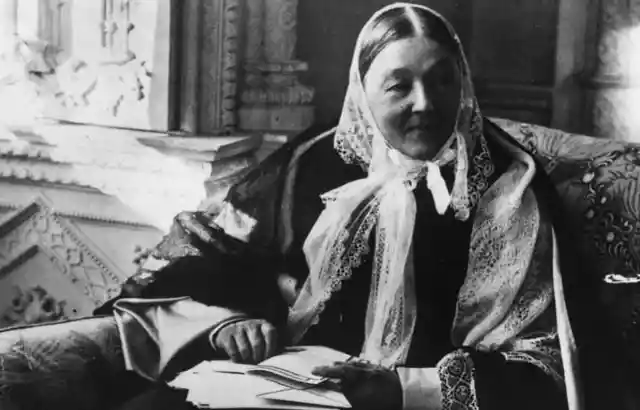
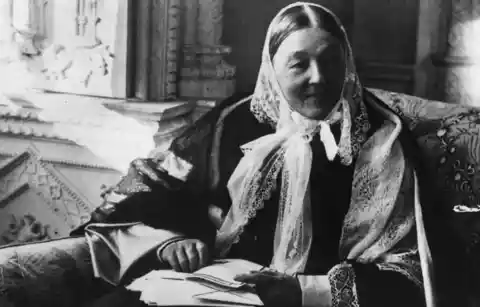
Her contribution to healthcare is massive, especially with her services during the Crimean war where she took care of wounded soldiers and trained other nurses. Queen Victoria even awarded Nightingale with the Royal Red Cross in 1883!
Emily Dickinson
In contrast with the historical legends that we mentioned so far, Emily Dickinson (1830 – 1886) has just a small number of photos saved. Until a certain point in history, we only had one and only photo of her, a portrait that was taken back in 1847, when she was only 16 years old, and way before her career bloomed. The Amherst College holds that authentic photo to this day.
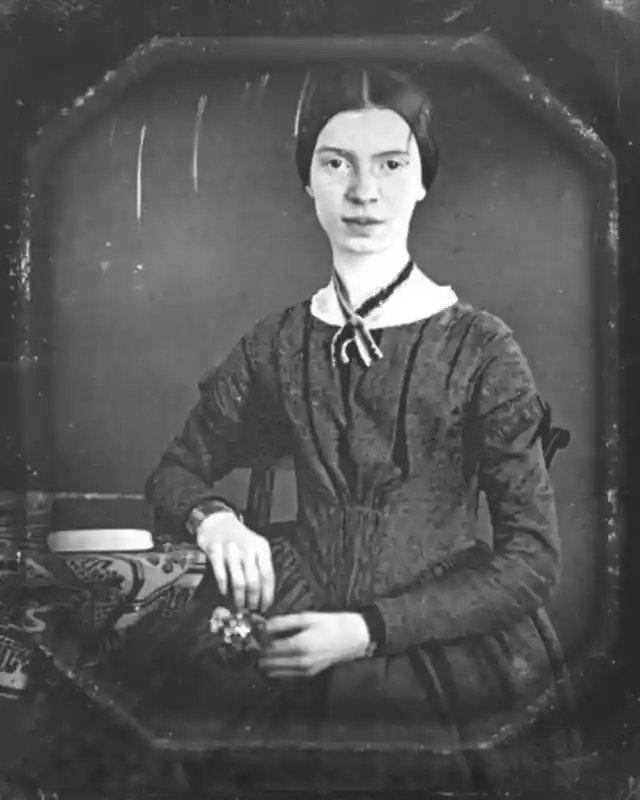
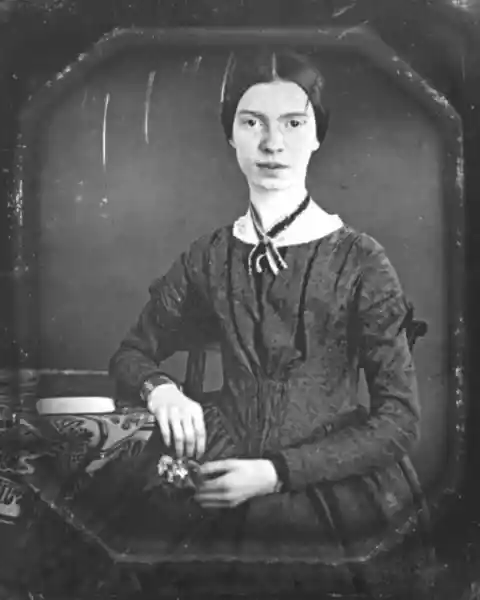
Amherst recently revealed what might be an 1859 daguerreotype of her at age 28 with her friend Kate Scott Turner. Thanks to these two photos we can have a glimpse of what one of the most significant people in American poetry looked like!
Mark Twain
Mark Twain, the esteemed American writer and humorist known for "The Adventures of Tom Sawyer" and "Adventures of Huckleberry Finn," was well-documented in photographs. These images often capture his trademark wry smile and bushy mustache, reflecting his sharp wit and status as a social critic.
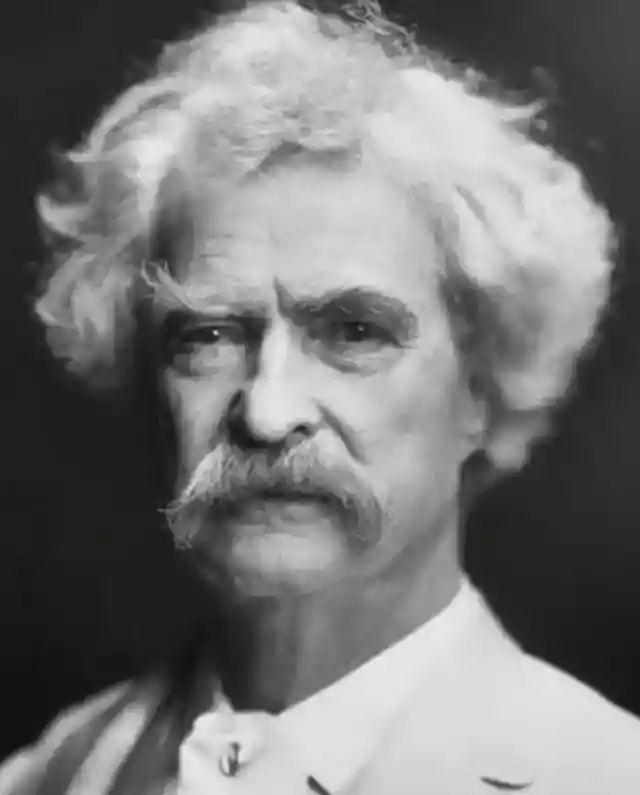
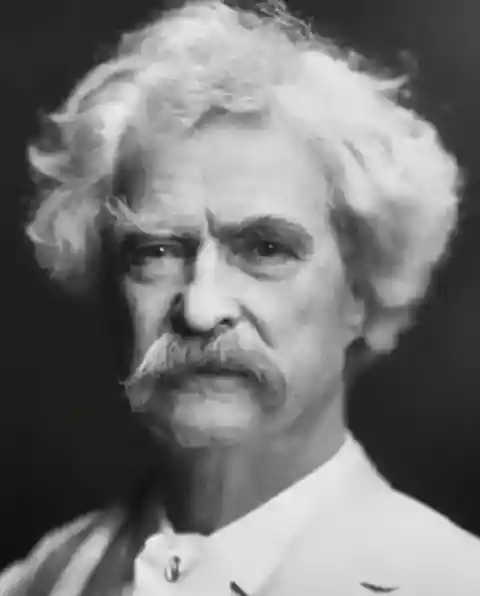
Twain's photographs also show him in various settings, from lecture podiums to relaxing at home, highlighting his diverse roles as a public speaker and private individual.
Thomas Hardy
Thomas Hardy (1840–1928), the English novelist and poet, is known for his works that depict the rural life of southwestern England.
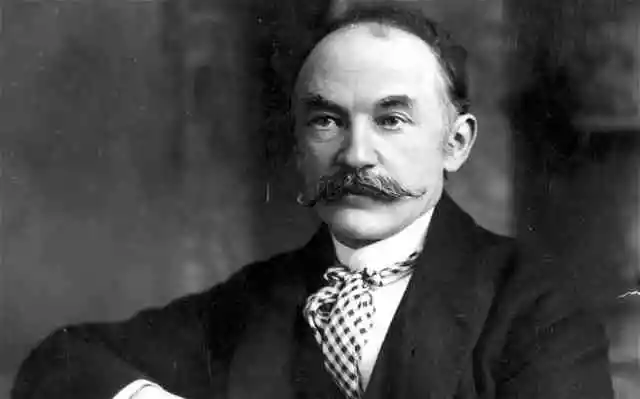
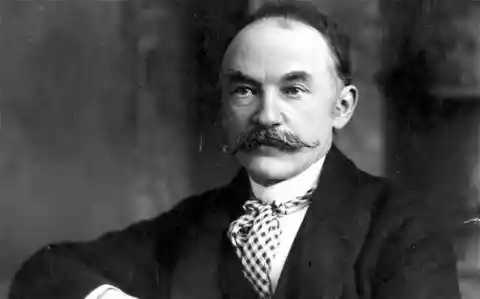
In photos, Hardy is shown in his later years, presenting a reflective, somewhat somber figure who was deeply affected by the themes of decline and decay he explored in his novels and poetry.
Alexander Graham Bell
Photographs show Bell engrossed in experiments and surrounded by the tools of his scientific inquiries, from early telephone models to other less well-known inventions like the photophone.
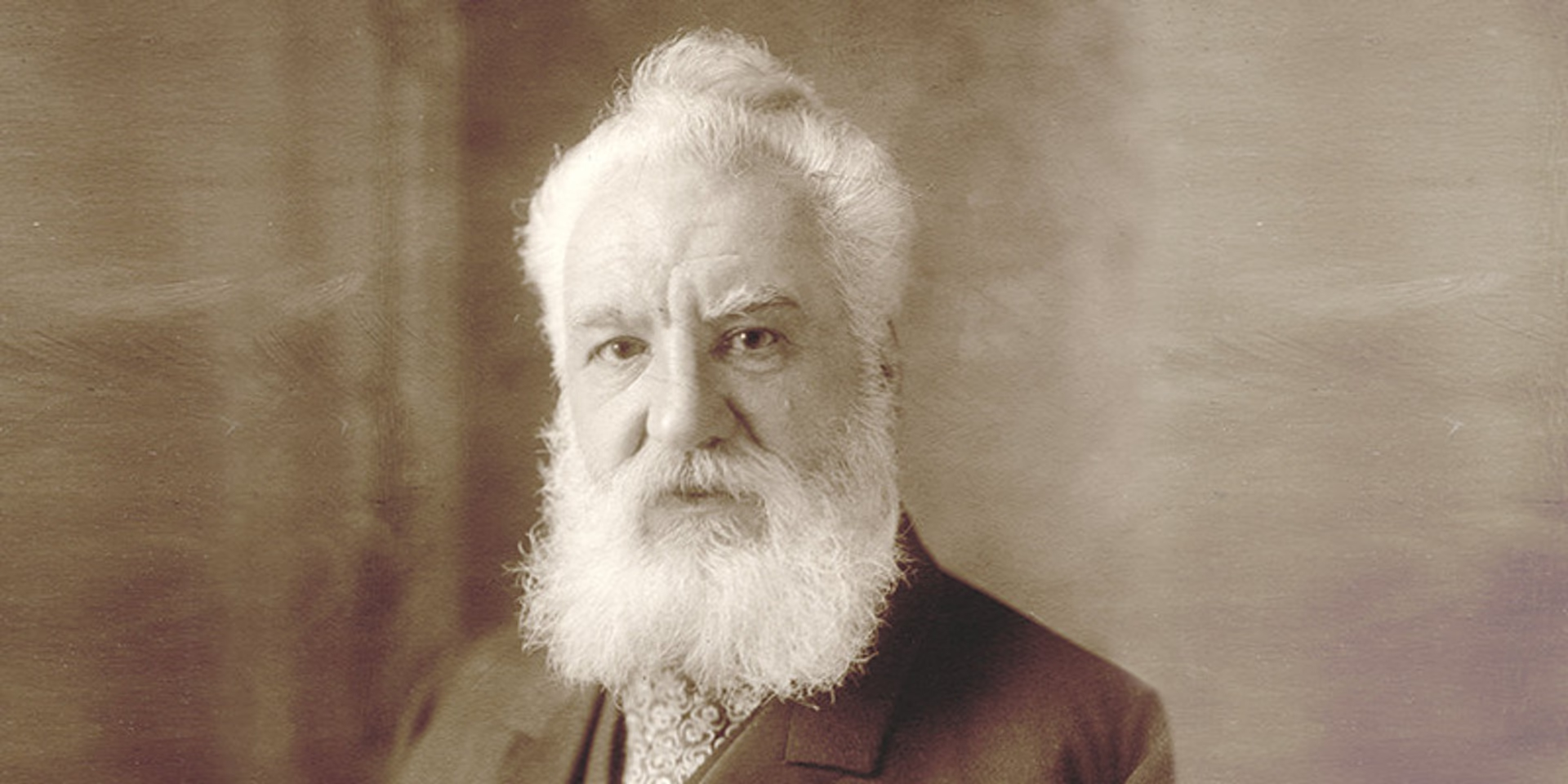

These images paint a portrait of a man who was not only a brilliant inventor but also a dedicated educator and a passionate advocate for scientific exploration.
Claude Monet
Claude Monet, the French painter and one of the founders of French Impressionist painting, was photographed especially in his gardens at Giverny.
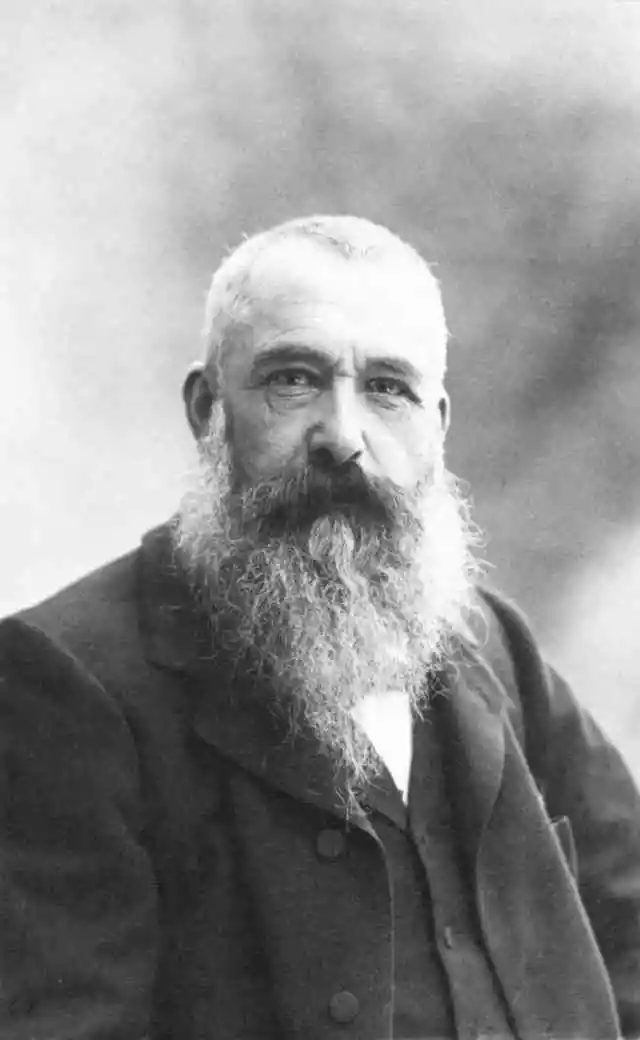
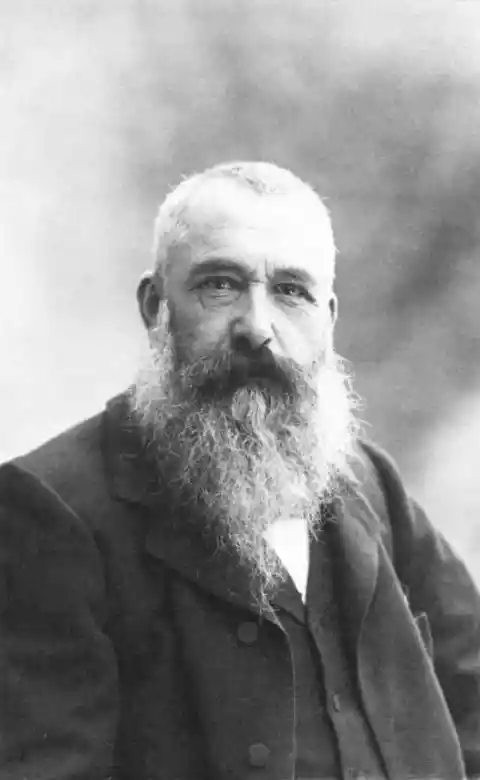
Images often show him amid the landscapes that inspired his famous water lilies series, reflecting his deep connection to nature and his groundbreaking approach to capturing light and color.
Emiliano Zapata
Emiliano Zapata, a key leader in the Mexican Revolution, is famously captured in photographs that showcase his steadfast resolve and revolutionary zeal.
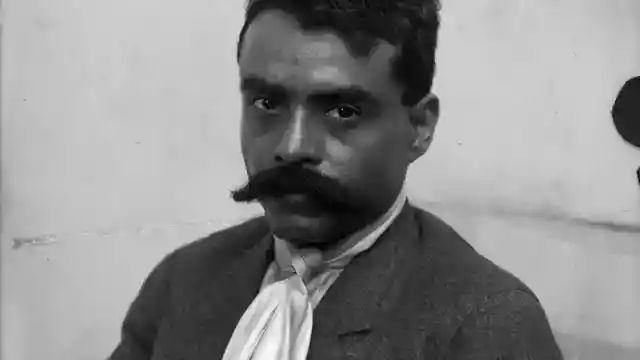
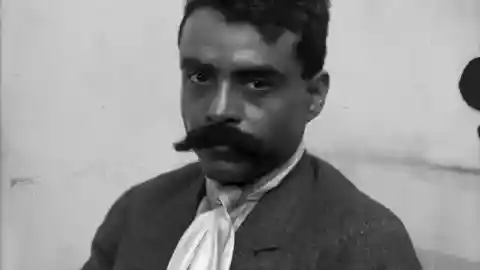
Photographs of Zapata are potent symbols of the fight for land reform and justice, capturing the essence of a man whose legacy is deeply rooted in Mexican national identity and the ongoing struggle for equality and human rights.
Andrew Carnegie
Andrew Carnegie, a steel magnate and philanthropist, was frequently photographed in the context of his various philanthropic ventures, such as libraries, which he founded across the United States and beyond.
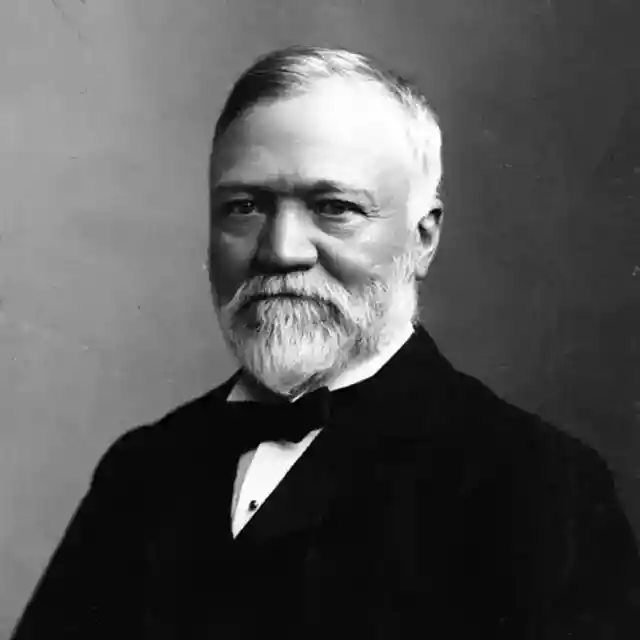
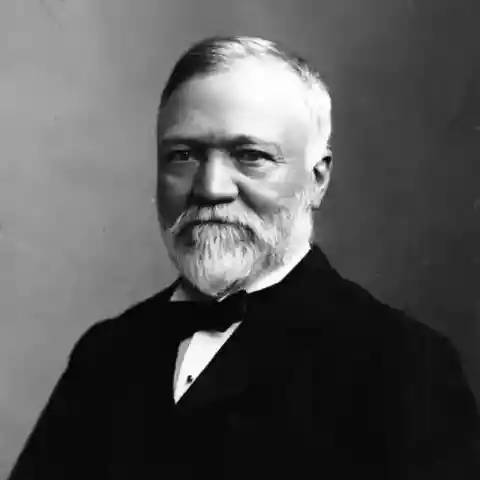
Carnegie's photographs portray him as a robust industrialist, yet his philanthropic gestures reflect a deeper engagement with social issues of his time.
Marie Curie
Marie Salomea Sklodowska, or as she’s widely known, Marie Curie, was a French physicist, famous for her work on radioactivity and twice a winner of the Nobel Prize.
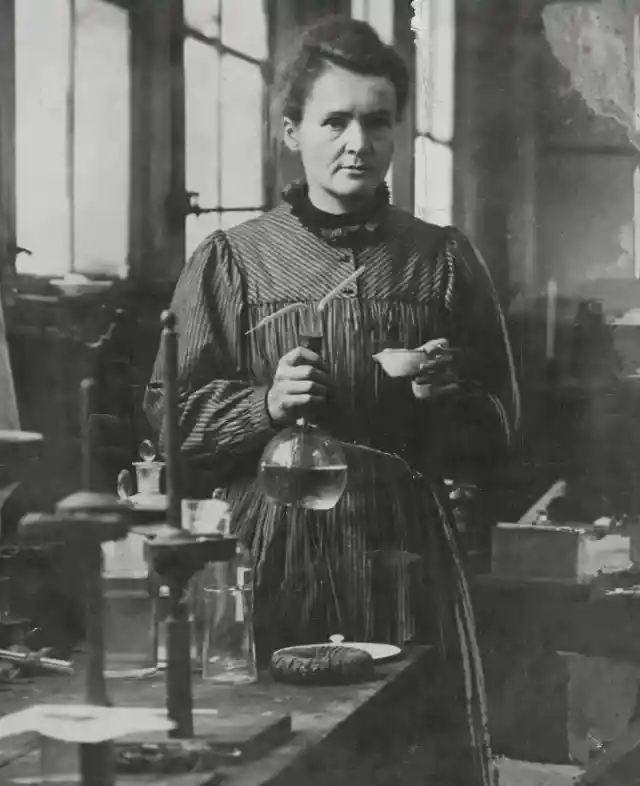
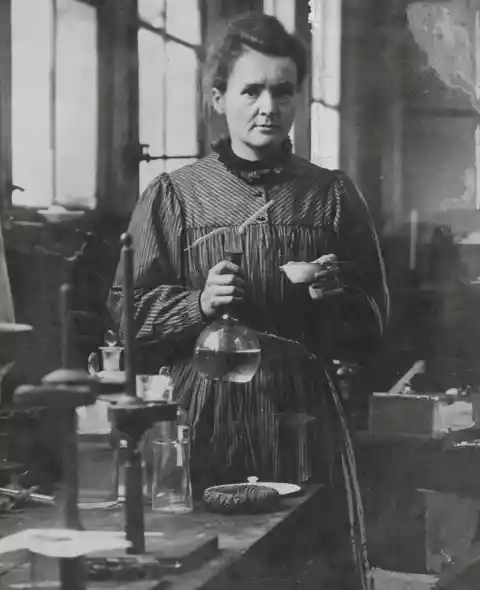
Photographs of Marie Curie, often show her in her laboratory or at academic gatherings. These images capture her intense focus and dedication to her research, providing a visual testament to her hunt for knowledge. Her work not only advanced scientific understanding but also paved the way for future generations of women in science, making her one of the most influential figures in the history of science.
John D. Rockefeller
John D. Rockefeller, the American oil magnate and philanthropist, is captured in many photographs that depict him as both a determined businessman and a thoughtful benefactor.
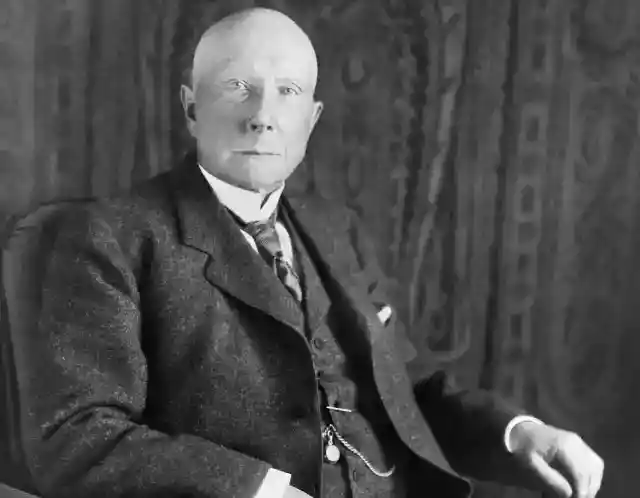
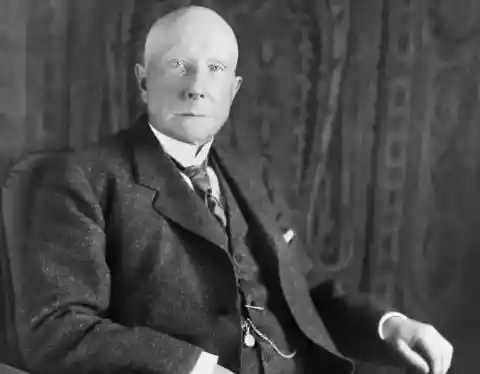
These images provide a glimpse into his dual legacy as the founder of Standard Oil and a major figure in the early days of American philanthropy.
Susan B. Anthony
Susan B. Anthony (1820–1906), a pivotal figure in the women's suffrage movement, was frequently photographed in a manner that emphasized her leadership qualities and steadfast resolve.
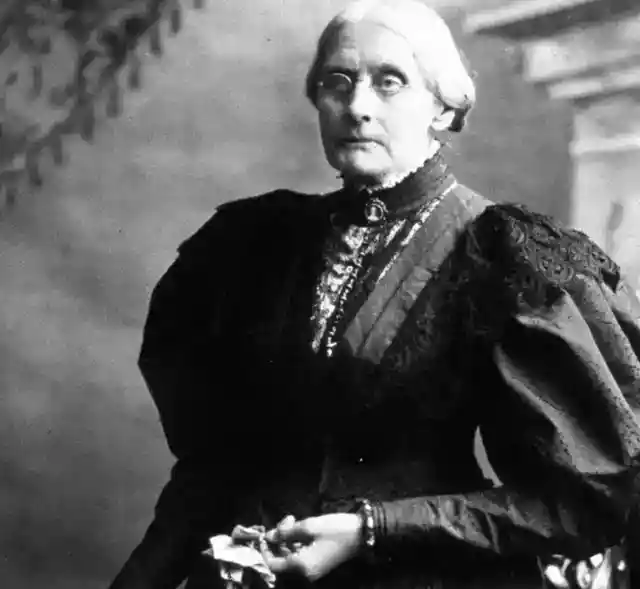
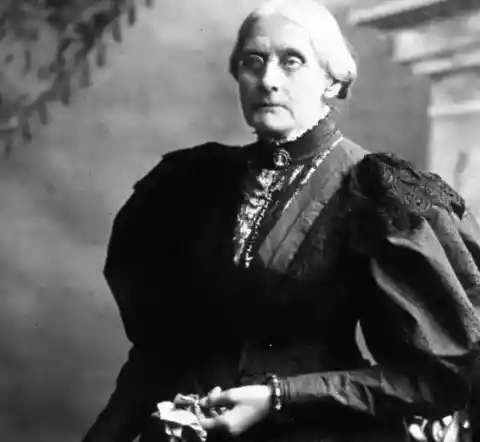
Her portraits are widely used to symbolize the struggle for women's rights in the United States.
Sitting Bull
Sitting Bull, the revered leader of the Hunkpapa Lakota Sioux, was captured in photographs that communicate his indomitable spirit and strong leadership. His steadfast gaze and dignified posture in these images symbolize his resistance against U.S. government policies and his dedication to preserving the Lakota way of life.
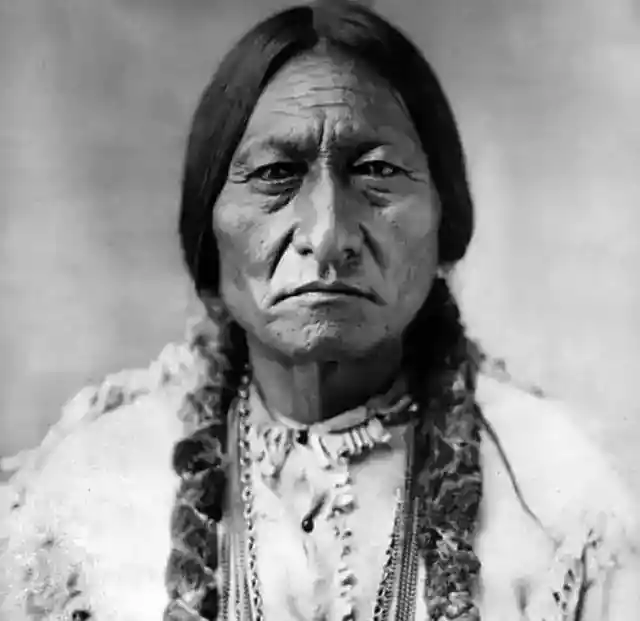
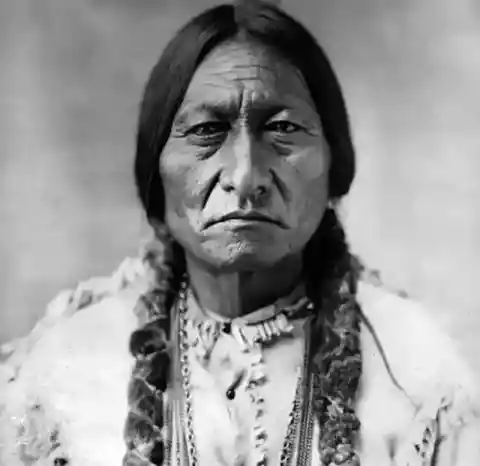
These photographs not only document his physical appearance but also his profound connection to the spiritual and cultural heritage of his people, portraying him as both a warrior and a spiritual leader during times of great turmoil for Native Americans.
Giuseppe Garibaldi
Giuseppe Garibaldi, celebrated as a central figure in the Italian unification, was often photographed in military attire, embodying the spirit of the Risorgimento as a charismatic and decisive leader. His images often show a man of action, his eyes reflecting a fiery determination.
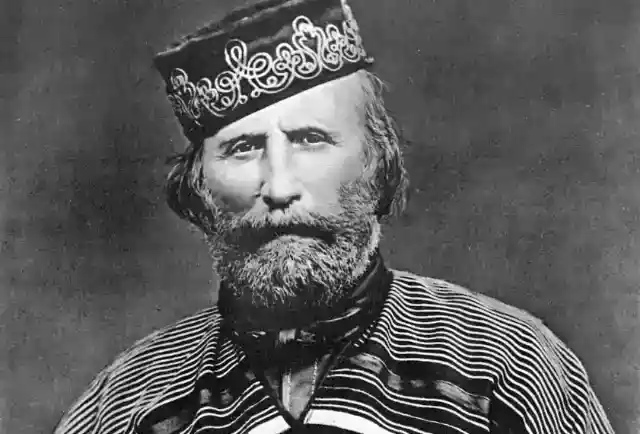
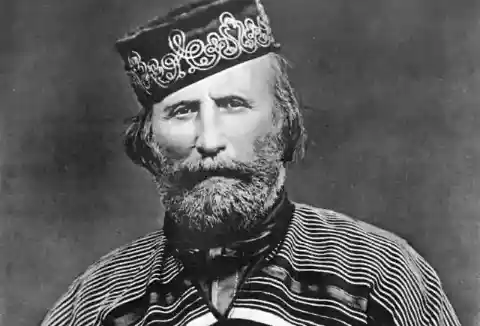
His images picture him as a national hero but also as an inspiration, capturing the essence of his passionate commitment to forming a unified and independent Italy. Garibaldi's legacy, reinforced by these powerful images, continues to be celebrated as that of a liberator and a revolutionary.
Lizzie Borden
Portraits of Lizzie Borden, (1860–1927), expose a complex individual, caught in the midst of a personal and public storm. Her expression, often pensive and guarded, hints at the inner turmoil of a woman forever marked by accusation and trial.
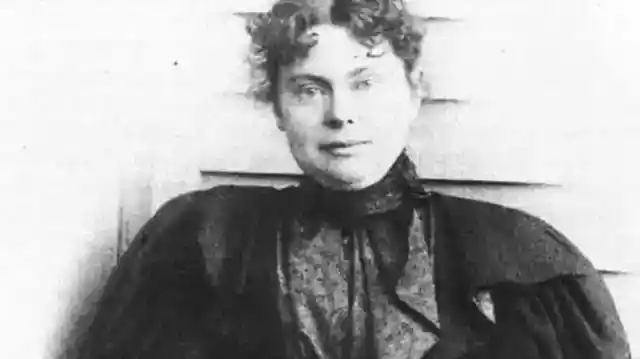
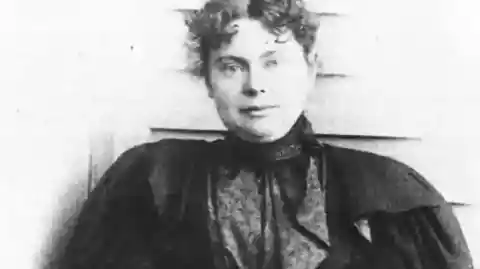
The visual narrative of her life, captured in these stark images, paints a portrait of enduring ambiguity and the societal gaze she could never escape.
Phineas T. Barnum
The images of Phineas T. Barnum reveal a man who understood the value of image long before the age of mass media. Dressed in the regalia of a showman, Barnum's pictures often show him amid the eclectic artifacts and performers that he made famous.
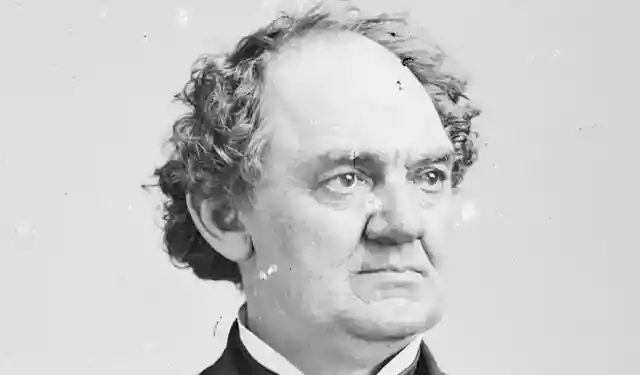
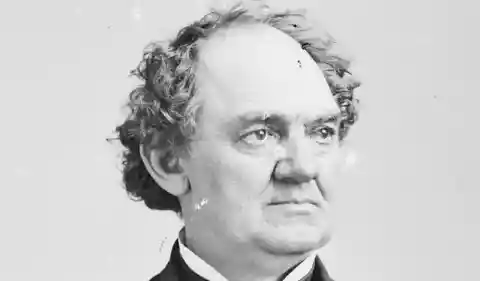
His vibrant persona shines through, illustrating his mastery of entertainment and his knack for turning the fantastical into something tangible.
Elizabeth Cady Stanton
Elizabeth Cady Stanton, a prominent figure in the early women's rights movement in the United States, is often seen in photographs as a formidable and determined advocate for gender equality.
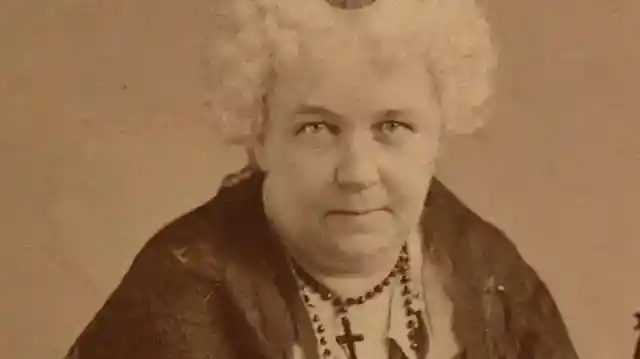
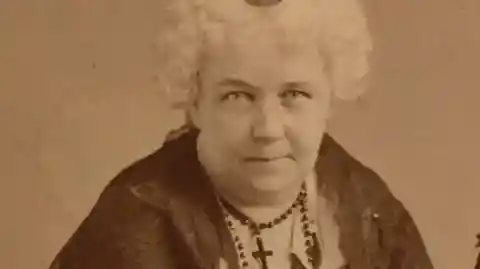
Her resolute gaze and composed posture convey her unwavering dedication to women's suffrage and rights, capturing her as a pillar in the struggle for equality.
Claude Debussy
French composer Claude Debussy, known for his influential work in shaping the music of the 20th century, appears in photographs that reflect his artistic sensitivity and introspective nature.
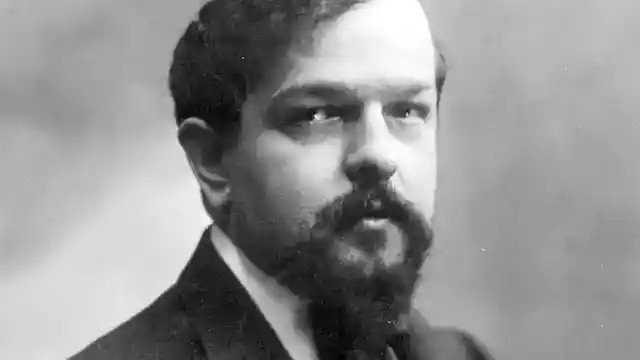
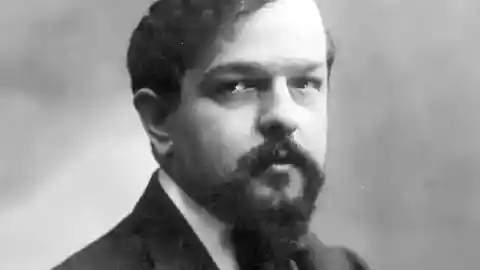
His somber expressions and the thoughtful ambiance of the settings he was photographed in illustrate his dedication to creating music that would evoke deep emotional responses and challenge conventional musical structures.
Harriet Beecher Stowe
Harriet Beecher Stowe, the American abolitionist and author of "Uncle Tom's Cabin," is captured in photographs that highlight her strong moral convictions and compassionate character.
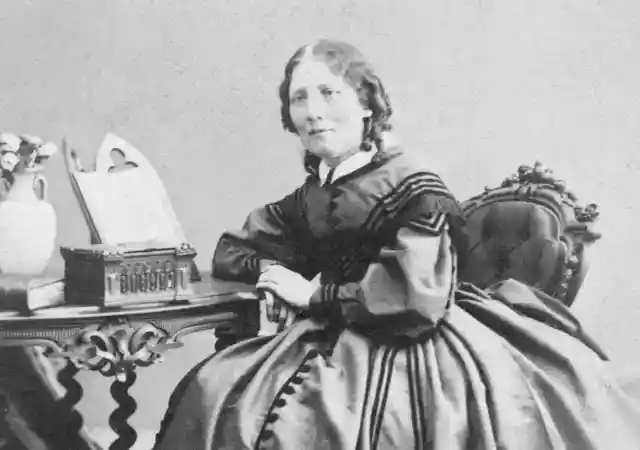
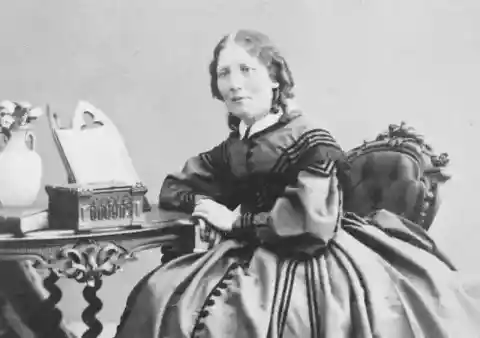
Her steady, earnest gaze and the calm yet firm set of her mouth reflect her commitment to the anti-slavery movement and her broader concerns for social justice, making her one of the influential figures in American social reform movements.
Louis Pasteur
Louis Pasteur, the French chemist and microbiologist, appears in numerous photographs depicting his meticulous nature and his profound commitment to science.
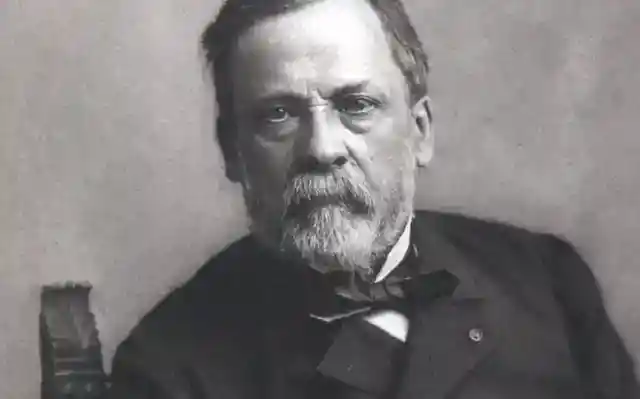
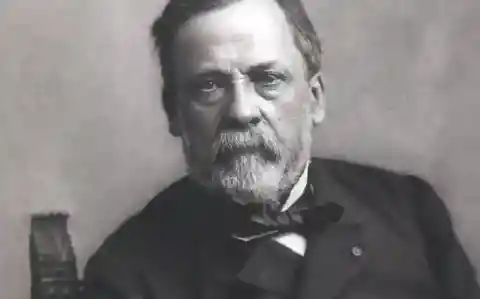
His portraits often show him in his laboratory, surrounded by his experimental apparatus, highlighting his pioneering work in germ theory and vaccination which has saved countless lives.
Gustave Eiffel
Captured in his era's images, Gustave Eiffel stands as a testament to engineering brilliance, often portrayed amidst the intricate latticework of the Eiffel Tower. His photographs, ranging from him overseeing construction projects to those in more formal attire, encapsulate a man whose architectural feats symbolized progress and innovation.
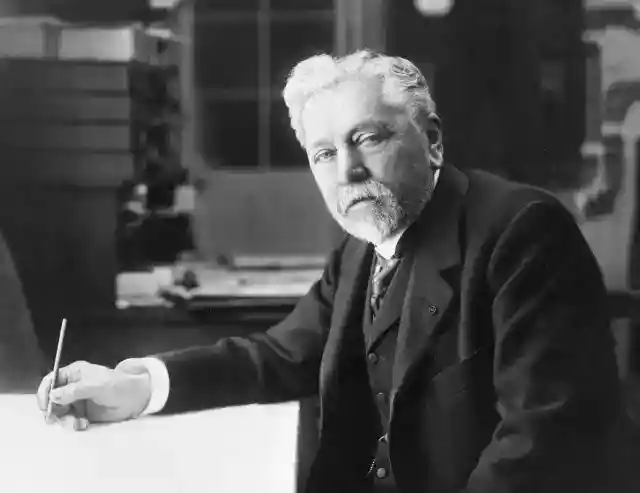
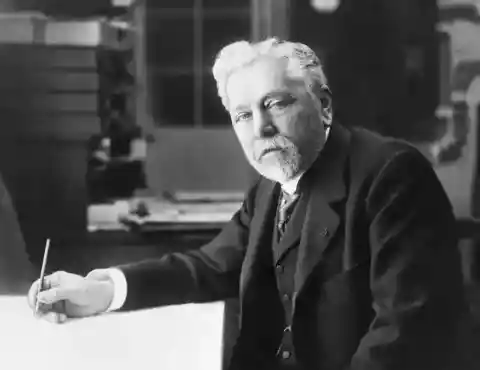
Eiffel's visage, marked by a poised and thoughtful expression, vividly illustrates his deep connection with the monumental structures that came to define his career. These images, far more than simple portraits, serve as powerful symbols of the transformative power of engineering during the Industrial Revolution.
Carl Benz
Karl Benz, the German engineer and the inventor credited with designing the first practical automobile, is depicted in historical photographs with his creations.
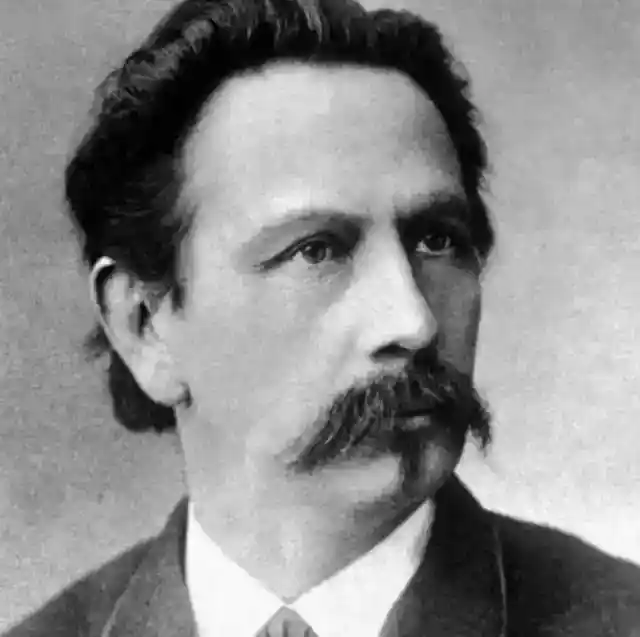
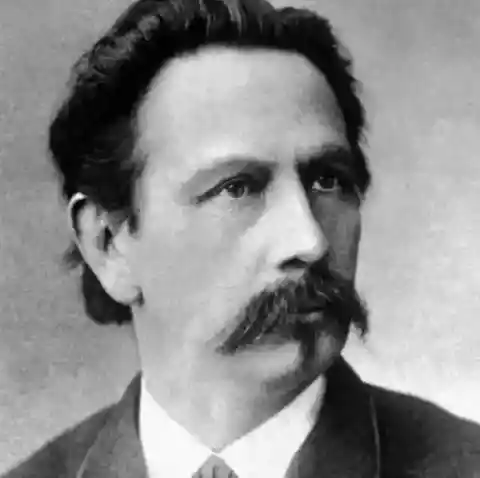
These images not only highlight his technical skill and innovative mind but also his contributions to shaping modern transportation.
Mary Cassatt
Mary Cassatt, an American painter and printmaker who was part of the French impressionist movement, is seen in photos that reflect her independent spirit and dedication to the arts.
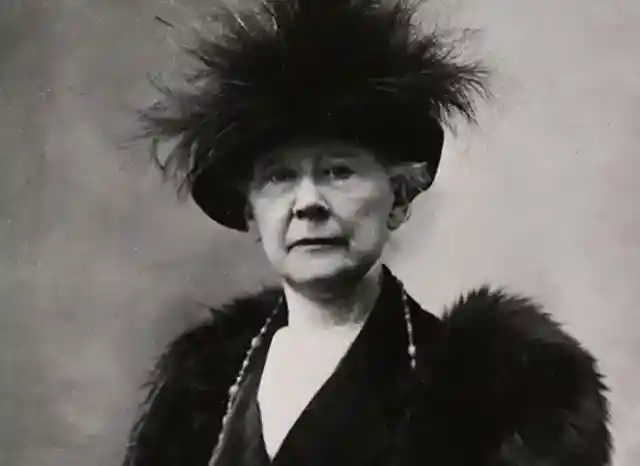
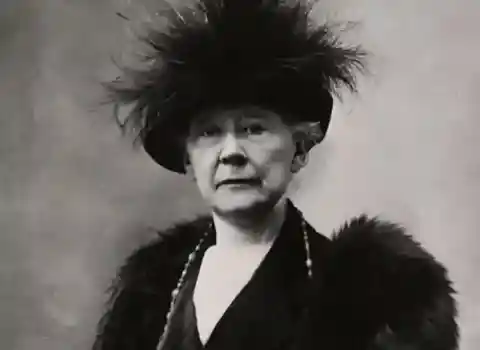
Her work often depicted the social and private lives of women, and her photographs subtly echo her deep connection to the themes she explored in her art.
Henri Becquerel
Henri Becquerel, the Nobel laureate in Physics is mostly known for his discovery of radioactivity.
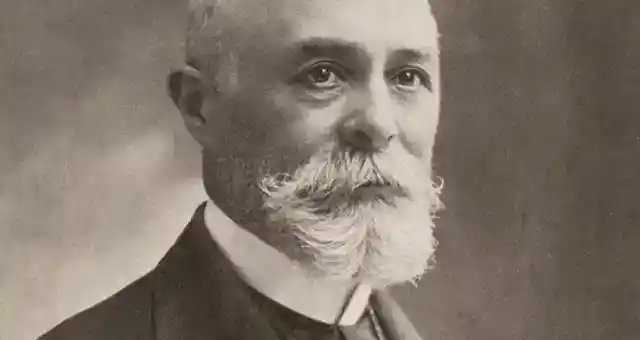
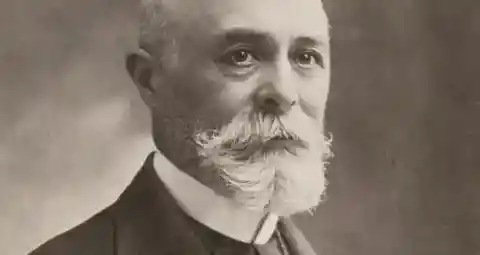
He is often photographed in a scholarly setting, reflecting his academic background and the profound impact of his work which laid the groundwork for future research in nuclear physics and chemistry.
Al Capone
Al Capone, one of the most famous American gangsters during the Prohibition era, was captured in various photographs.
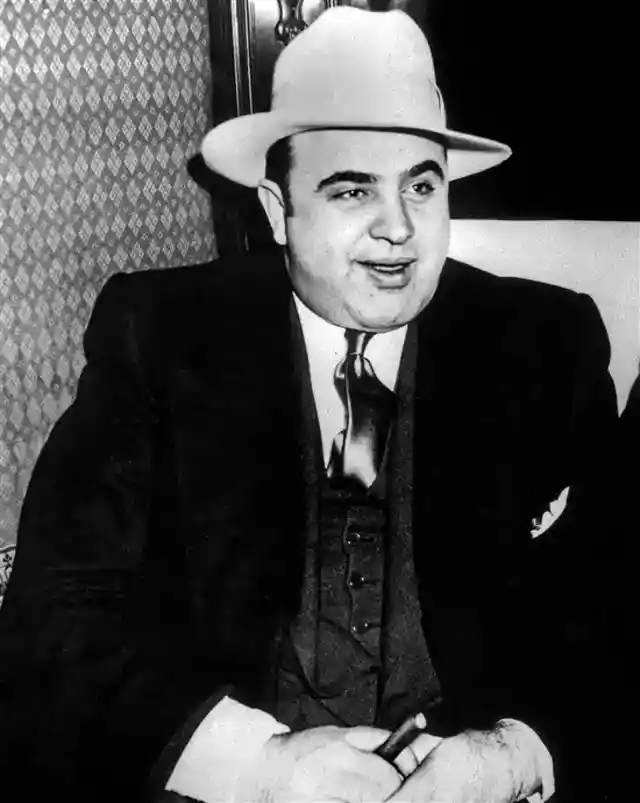
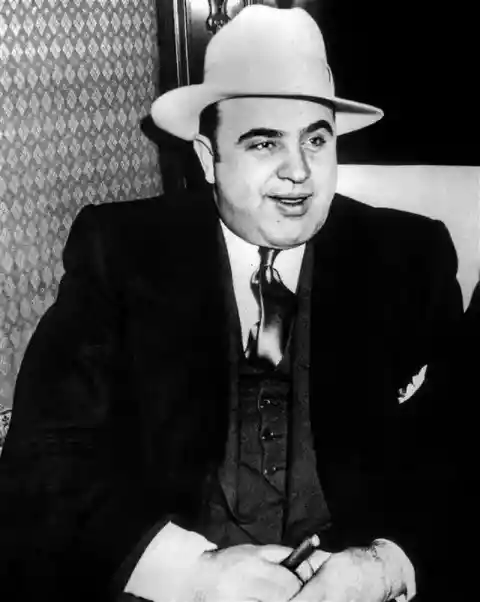
All of them depict both the public persona of a notorious mobster and the more private side of a man who was often seen as a modern-day Robin Hood by the public.